The lace museum at the Jesuit church of St. Charles Borromeo (Sint-Carolus Borromeuskerk) is a hidden gem in the Flemish city of Antwerp. The baroque facade rises out of a quiet square in a pedestrianised zone at the heart of the city, just a short walk from the more popular Grote Markt.
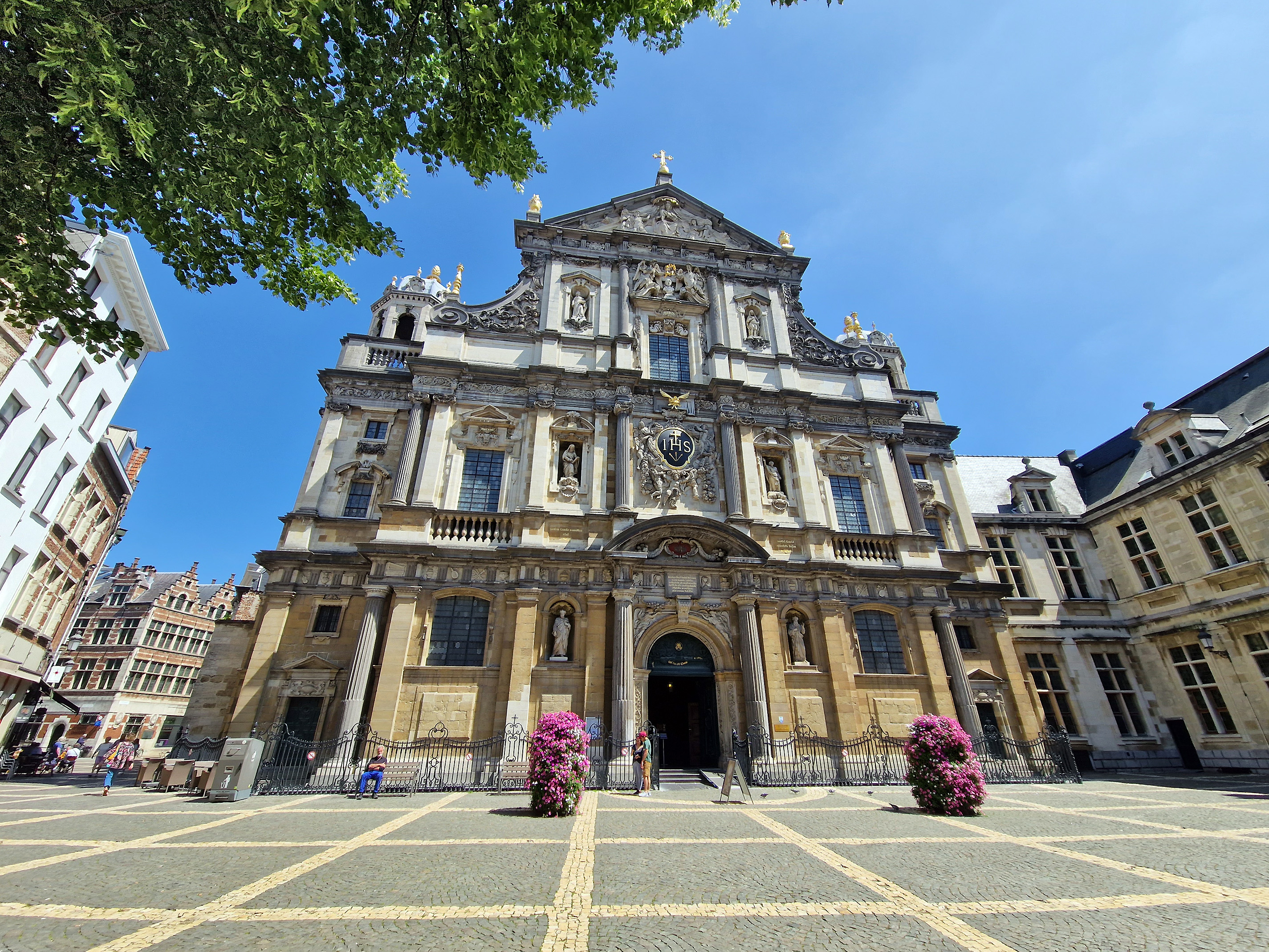
St. Charles Borromeo Church in Antwerp
After purchasing tickets at the desk on the ground floor, take a moment to admire the goldwork embroidery on the cloak of the nearby Madonna statue. Then ascend the stone staircase through a hidden door near the back of the church and emerge onto a gallery that wraps around the nave below, where another hidden door next to a side altar leads you into the lace museum.
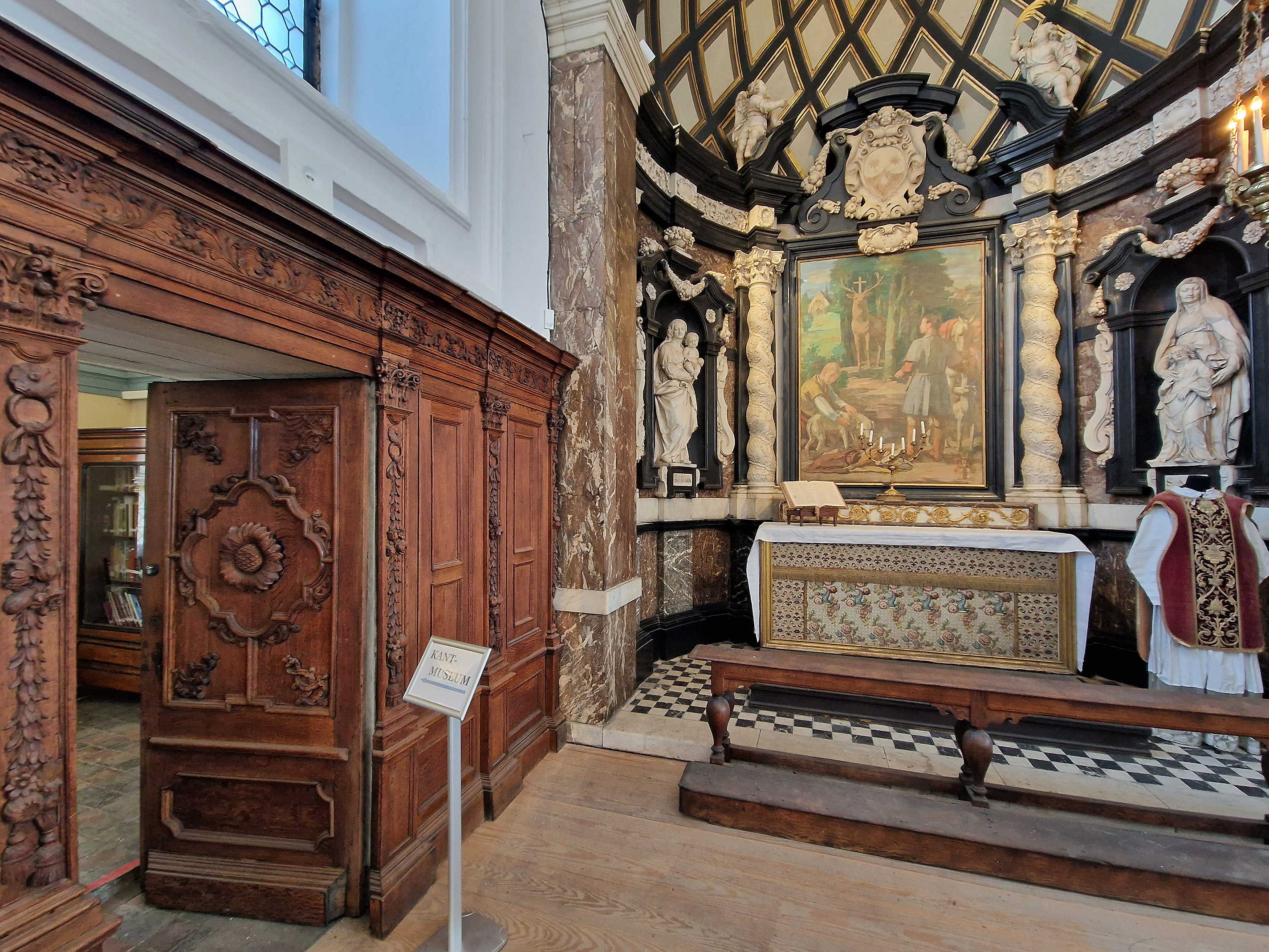
Entrance to the Lace Museum
The museum has a world-class collection that traces the history of both bobbin- and needle-laces from their origins in the sixteenth century to contemporary works. I was fortunate to get a tour of the exhibits in English from lace expert, Nora Andries, but English-language tours are not always available and the information labels on the exhibits are in Dutch only. The Google translate app proved invaluable for getting more information about specific pieces as I perused the exhibits in my own time after the tour.
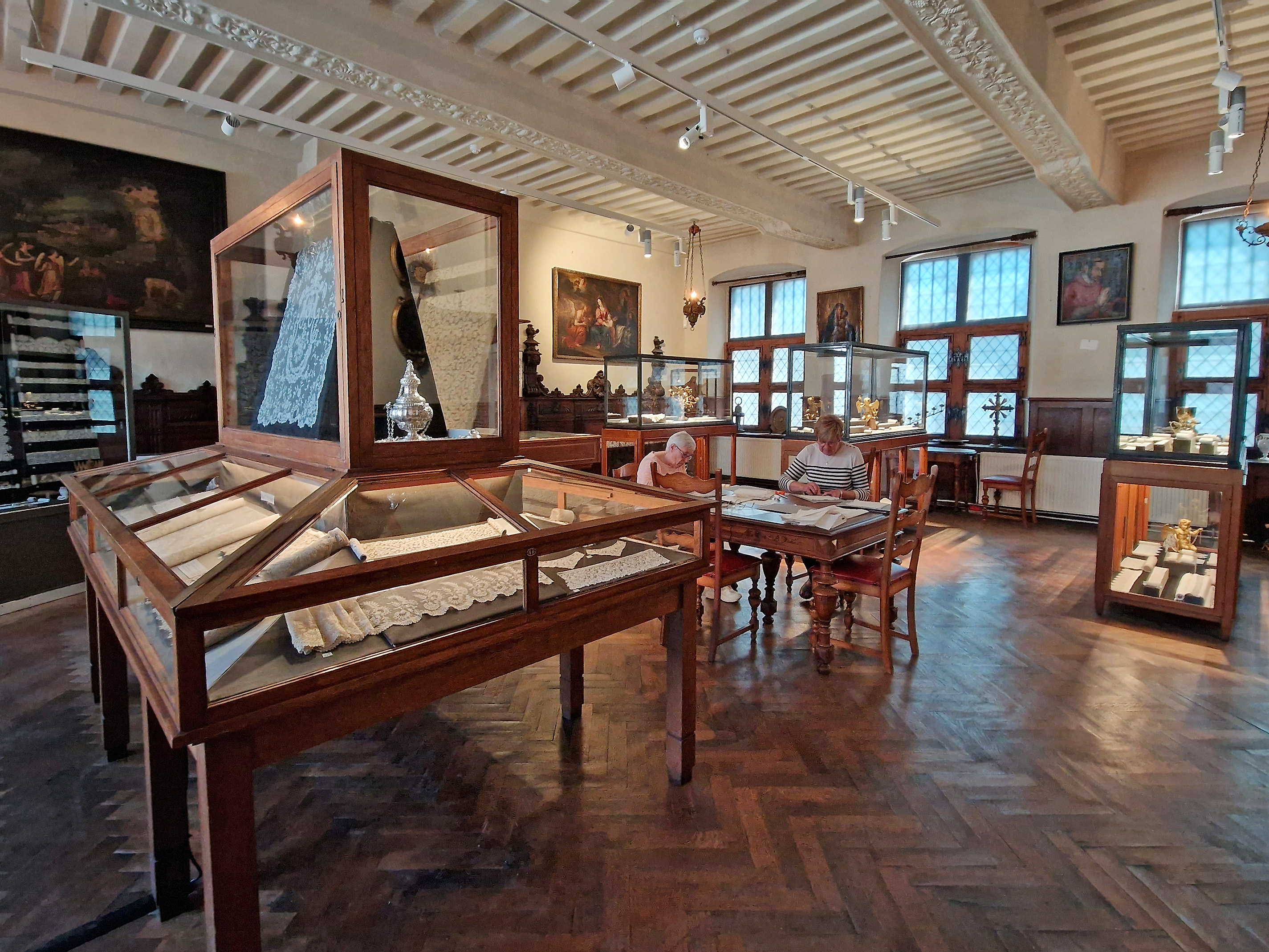
St. Charles Borromeo Lace Museum
The curatorial attention to the technical aspects of the lace and its historical development is a rare treat that makes this museum a must-see for lace enthusiasts.
The transition in bobbin lacemaking between earlier, more open forms that featured connecting braids to the more densely-worked later pieces that became possible with the development of ground stitches is marvellously exemplified in this 17th-century example.
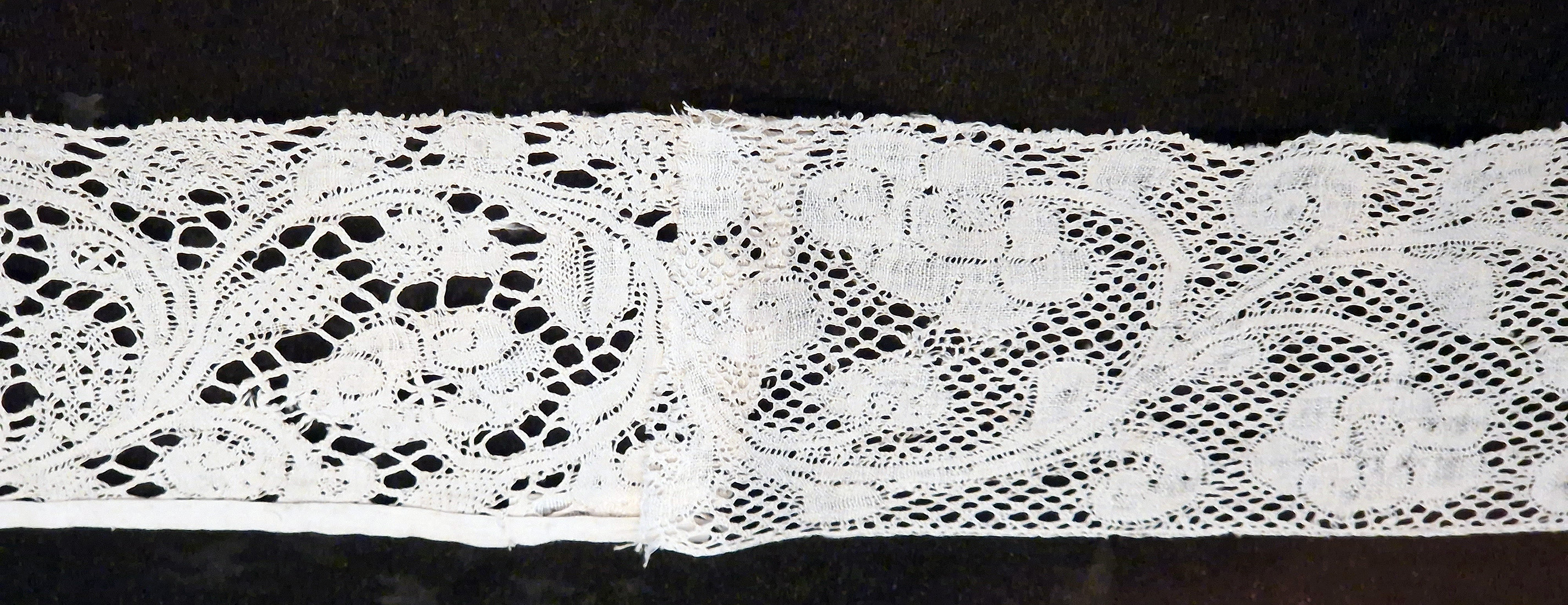
Exhibit showing the transition from connecting braids to the use of ground stitches
Equally impressive are the thread diagrams for the various types of ground stitches represented in the exhibits.
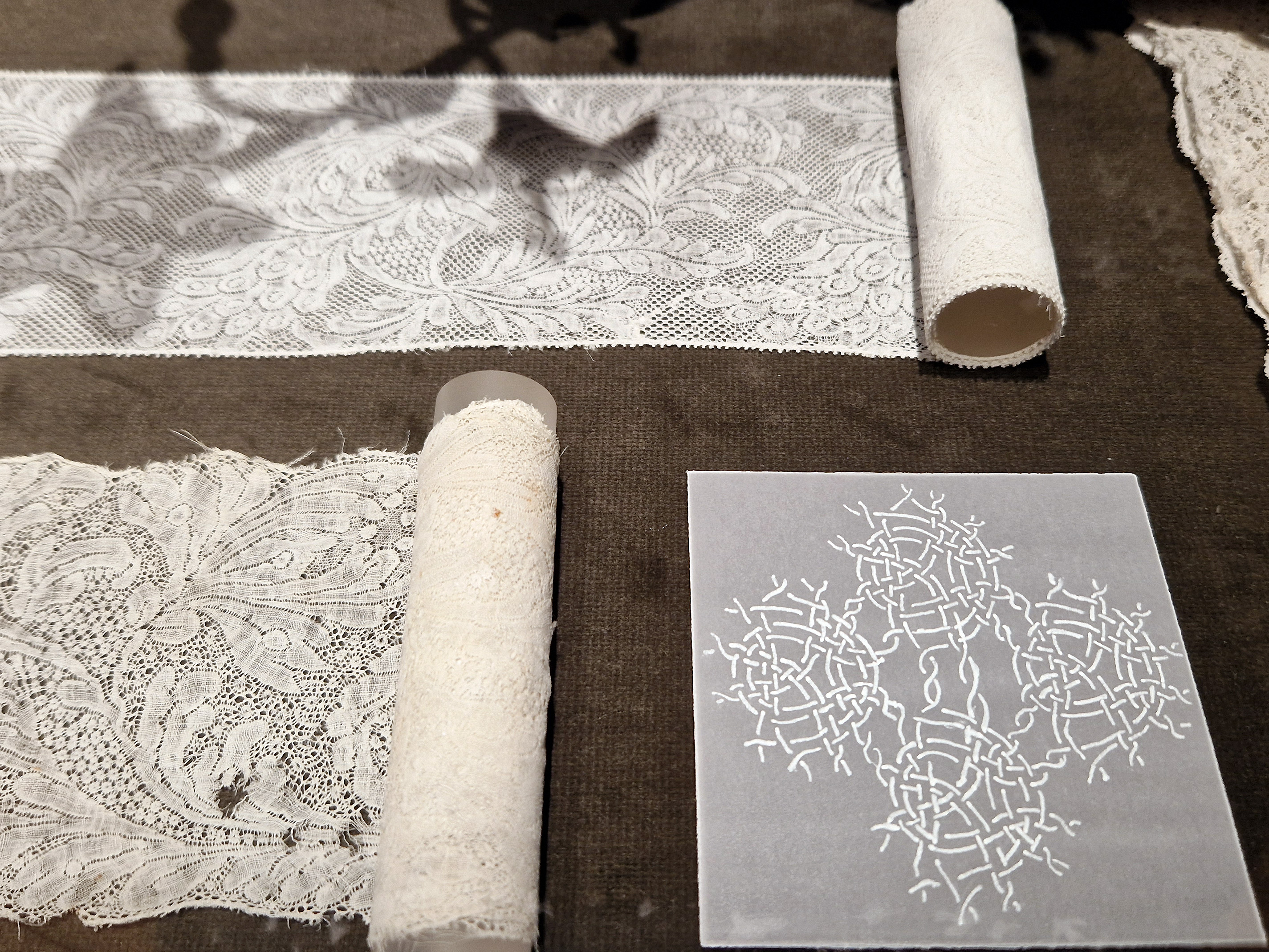
Thead diagrams for lace grounds
Local laces for which this part of Flanders became known for are well-represented, with fine examples of Van Dyke lace and pot lace. Van Dyke lace is named for the artist of the same name who was born in Antwerp in 1599 and became famous for his exquisite portraits of patrons wearing the lace that was fashionable at the time and which he expertly replicated in his paintings. Antwerp pot lace is so-called because it features prominent motifs of pots of flowers.
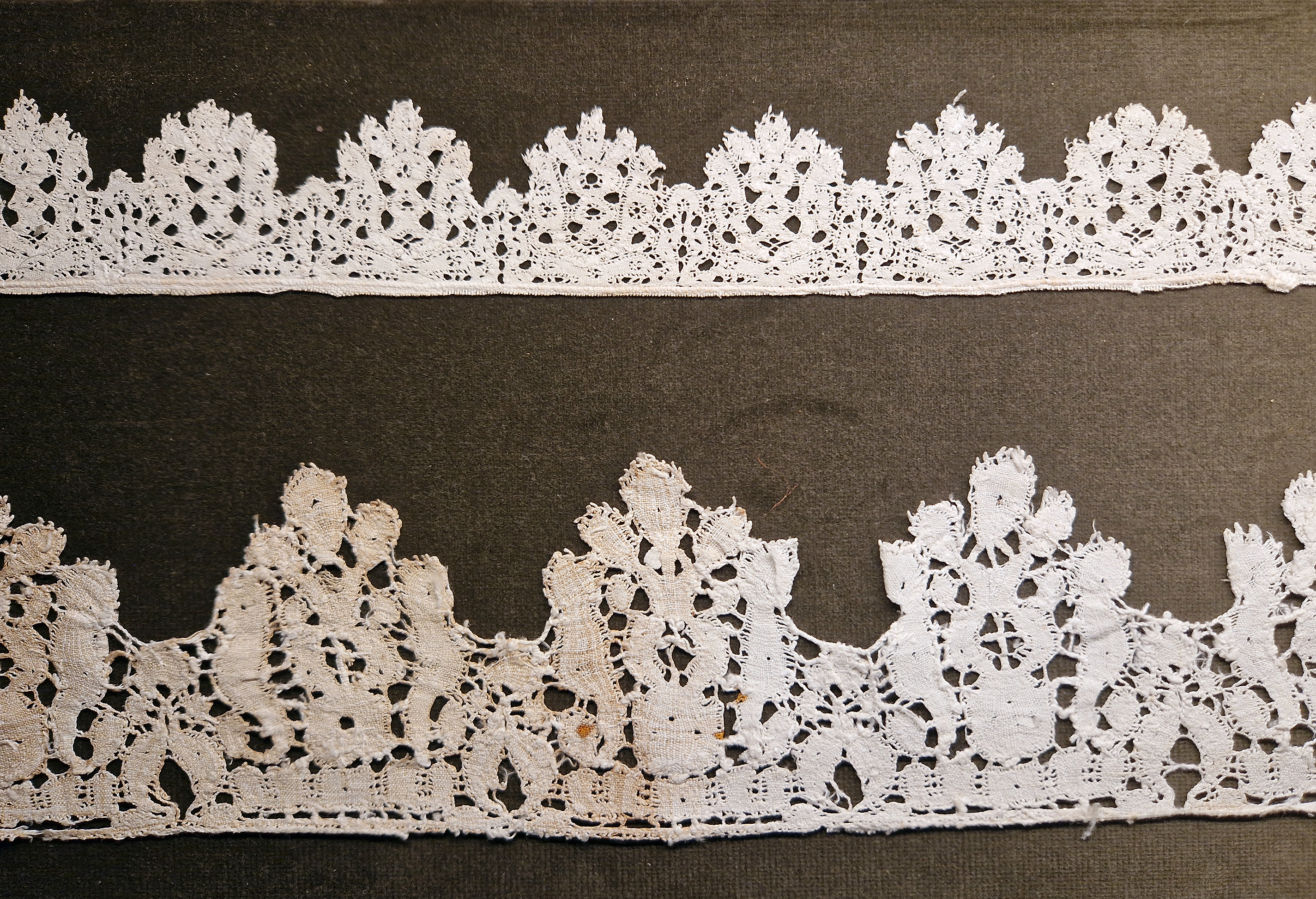
Van Dyke Lace (1630-1640)
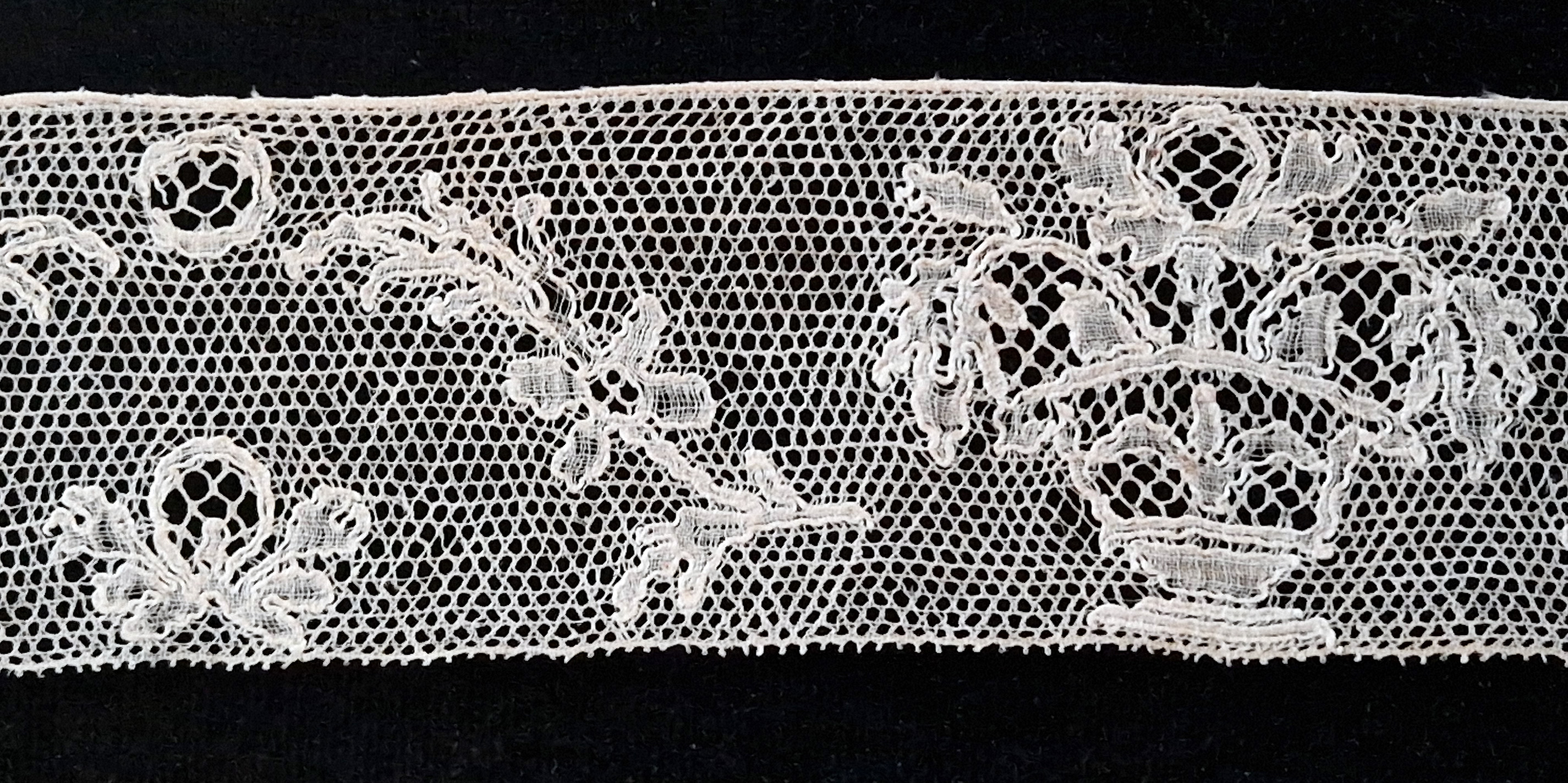
Antwerp Pot Lace
Here again, diagrams illustrate for lacemakers how the lace was constructed, with the motifs of Van Dyke lace created first, then joined by a continuous tape.
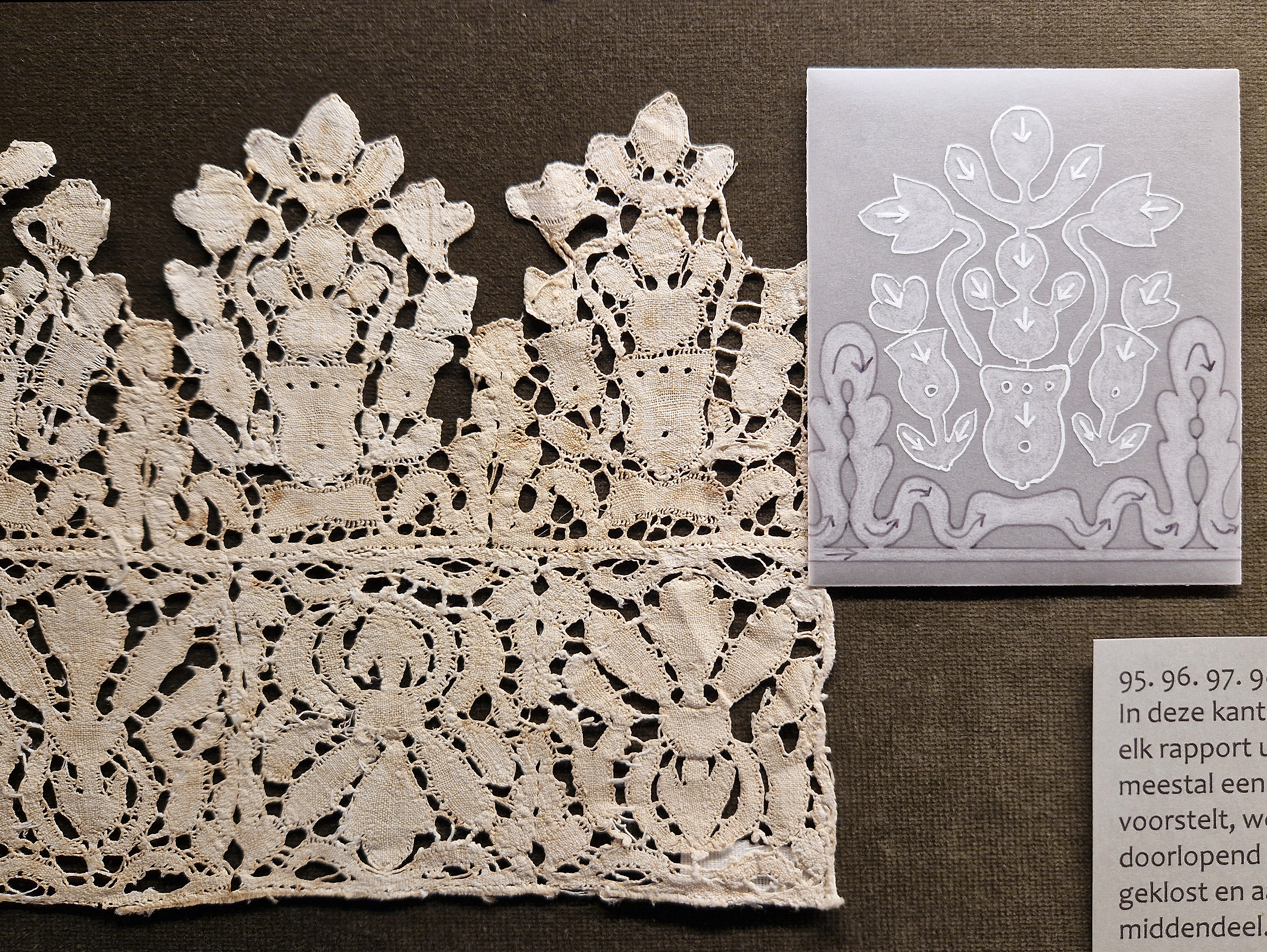
Construction of Van Dyke Lace
Although not highlighted here, fine examples of needlelace and hybrid laces are also on display.
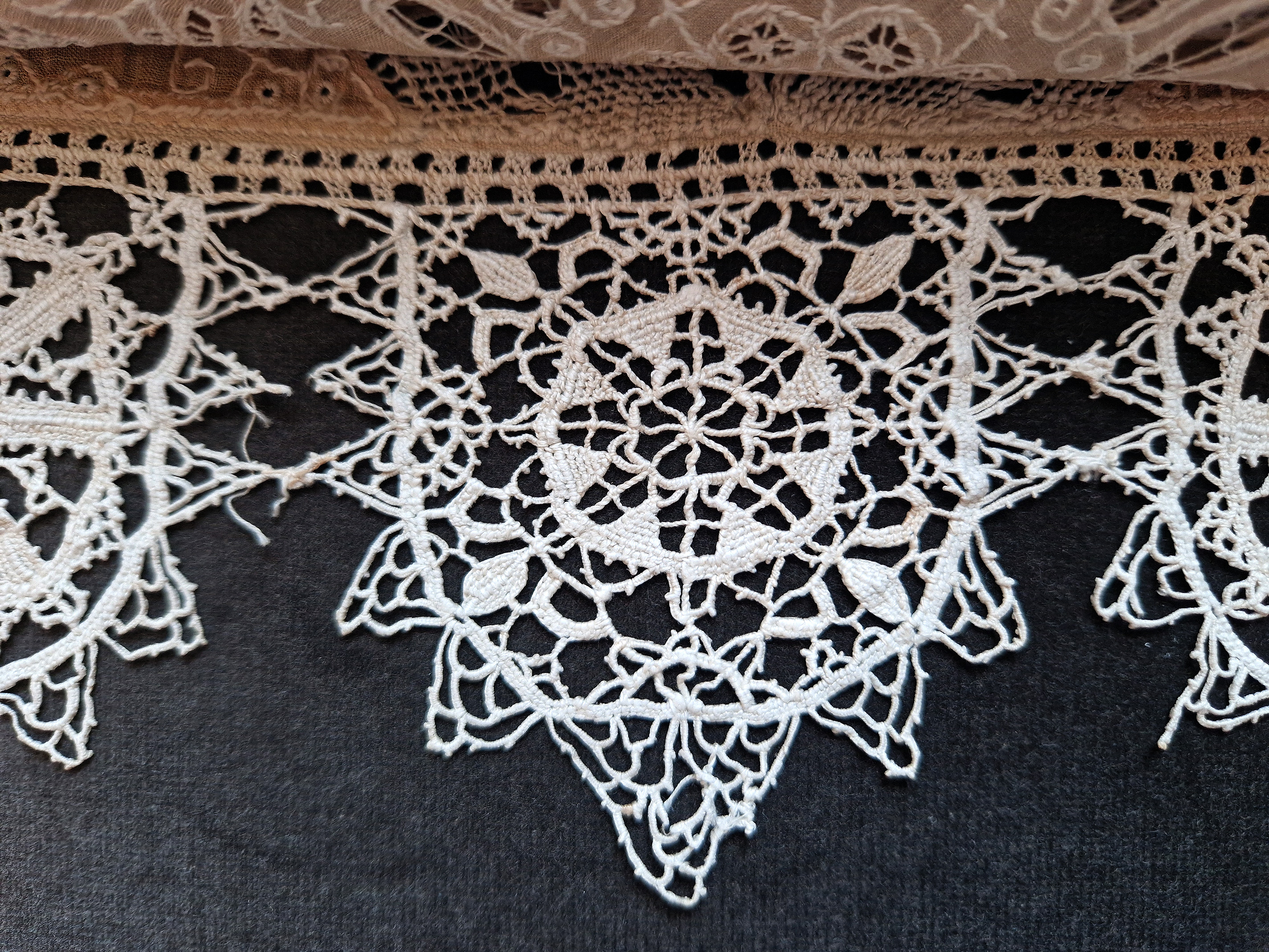
Needlelace (16th-17th century)
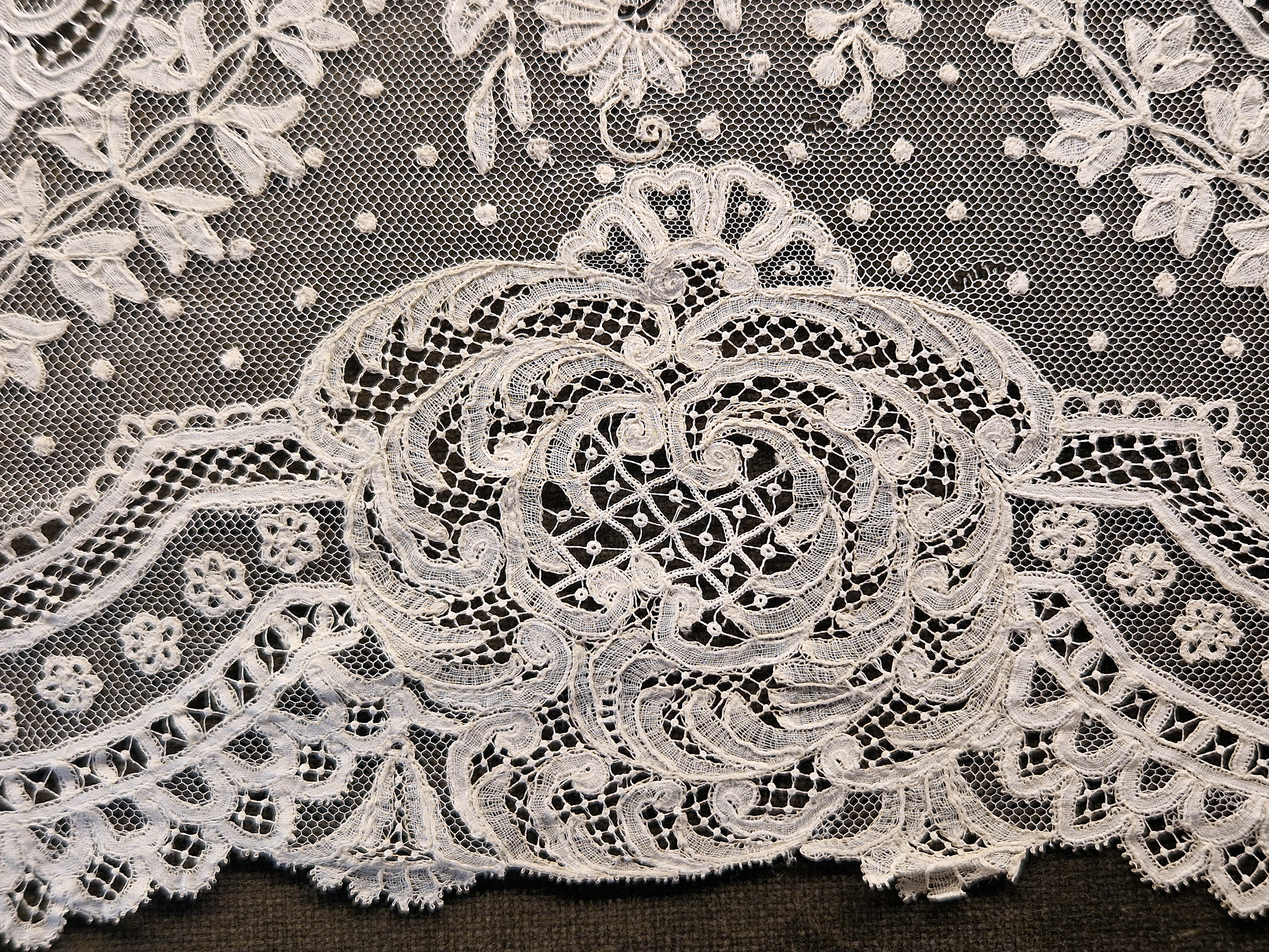
Brussels duchesse lace appliquéd on machine-made tulle
The lace museum is open from 10am-4pm on Wednesdays, but note that it closes for lunch from 12:30-2pm. You can also make an appointment: booking information is available on the church's website. Allow about an hour for your visit ... but, if you're anything like me, you could just as easily lose yourself there for much longer!
